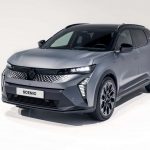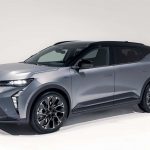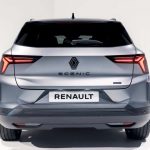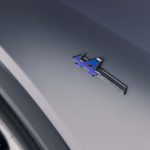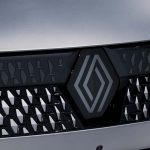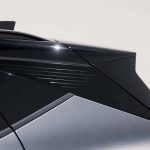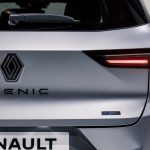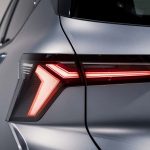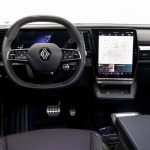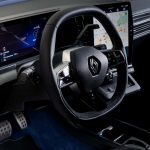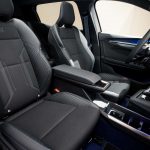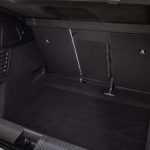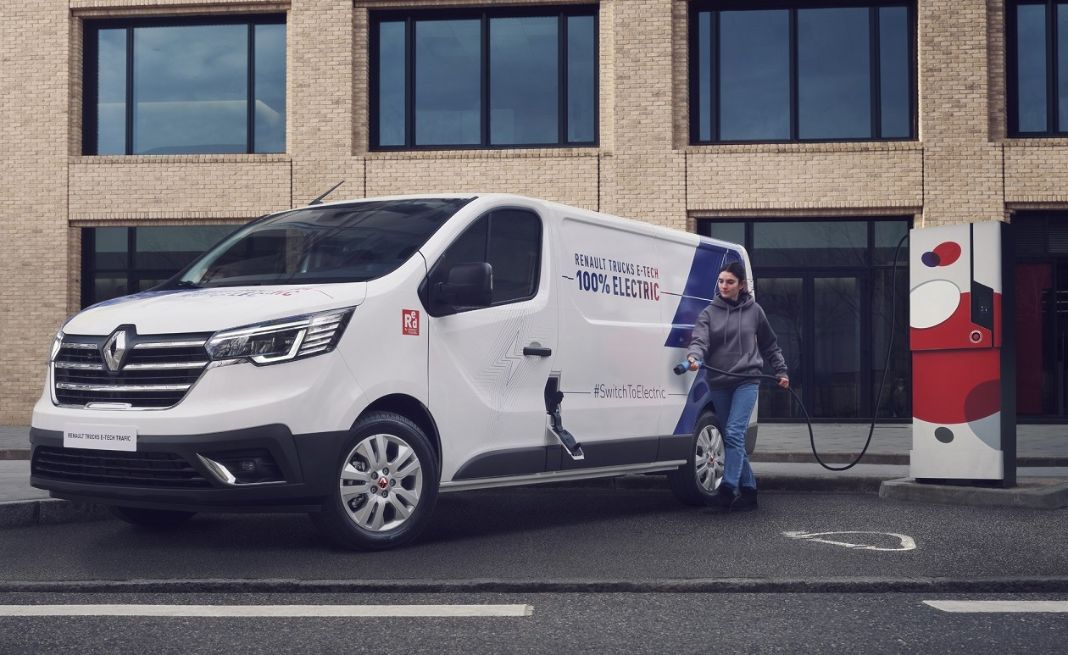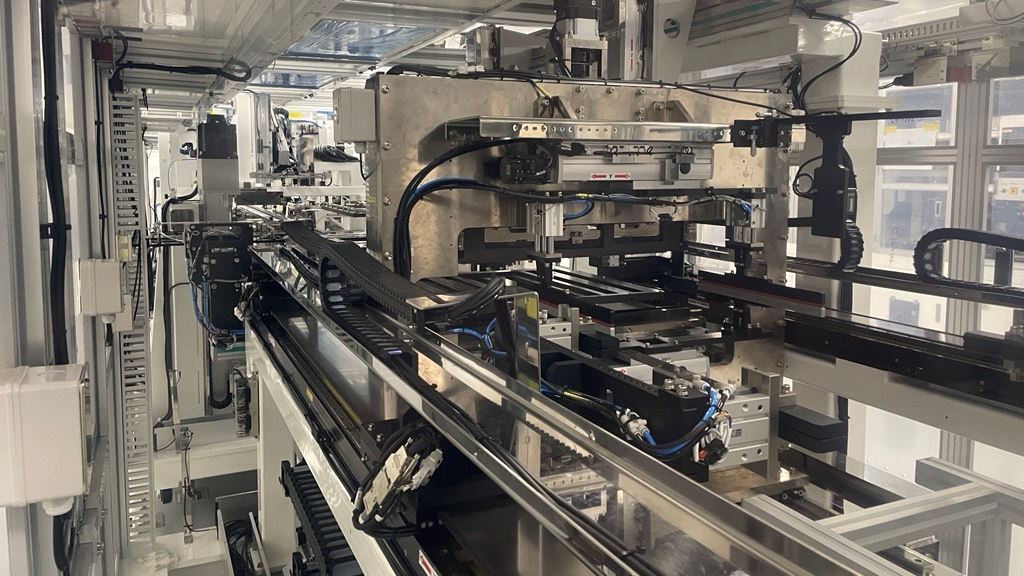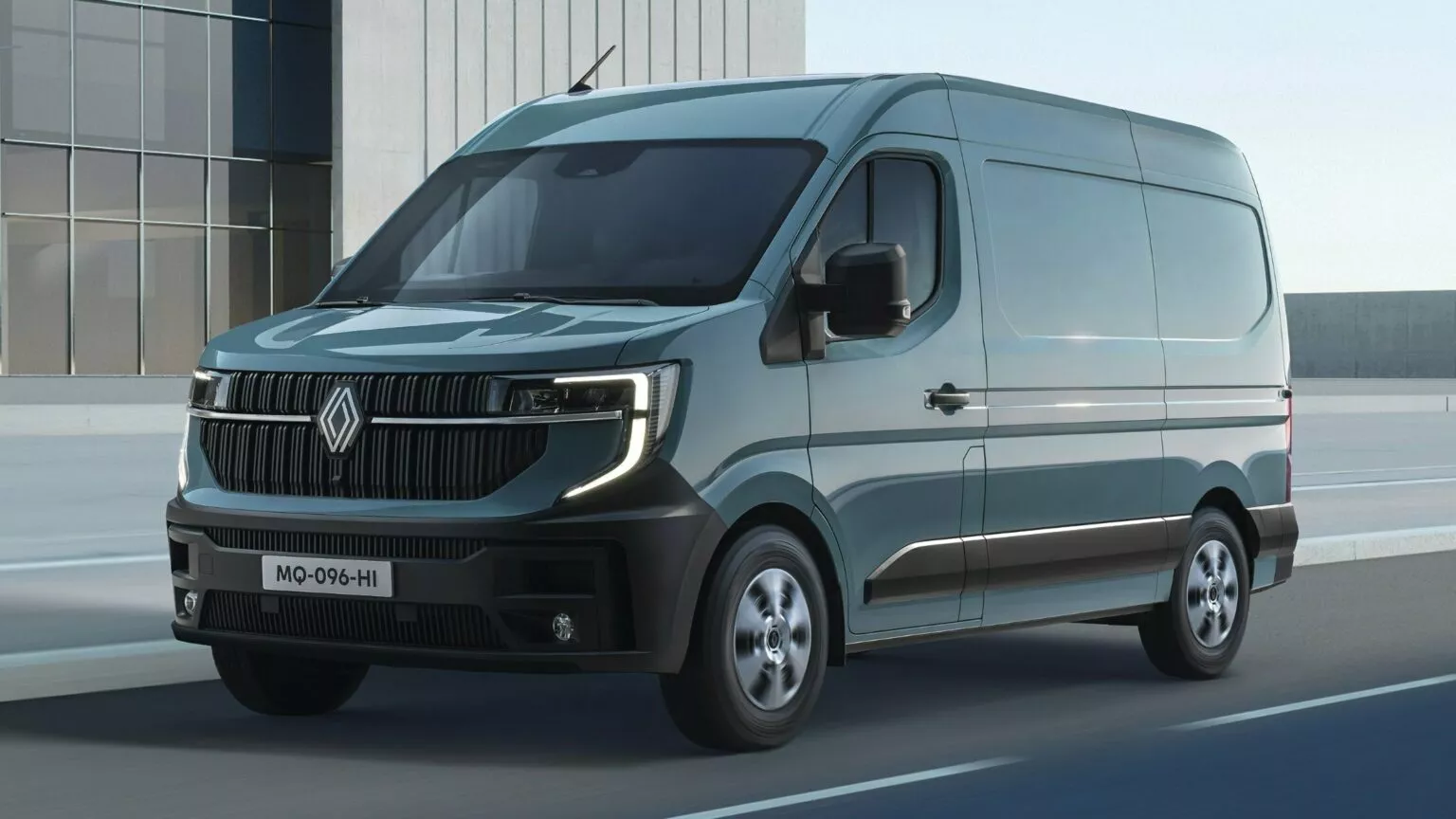Renault has unveiled the fifth-generation Scenic, a fully electric people mover carrying the E-Tech badge. This innovative vehicle shares the CMF-EV platform with the Renault Megane E-Tech and the Nissan Ariya European compact EVs, marking a promising step in the transition to sustainable transportation.
Scheduled to roll off the assembly line at Renault’s Douai ElectricCity Factory, the Scenic E-Tech is set to grace European dealerships early next year. It offers consumers a choice of two zero-emissions powertrains, both powered by LG nickel-manganese-cobalt (NMC) batteries, emphasizing performance and environmental consciousness.
The Standard range Scenic E-Tech features a front-mounted electric motor generating 125 kilowatts (170 horsepower) and 206 pound-feet (280 Newton-meters) of torque. It is equipped with a 60-kilowatt-hour battery pack, delivering an impressive range of over 260 miles (420 kilometers) in the WLTP cycle. DC fast charging capabilities of up to 130 kW, a 0 to 62 miles per hour sprint in 9.3 seconds, and a top speed of 93 mph (150 kilometers per hour) round out the key specs for this variant.
See also: Renault Plans Spring 2024 IPO for Ampere EV Business Unit Following Separation
Meanwhile, the High range Scenic E-Tech boasts a more potent motor, producing 160 kW (220 hp) and 221 lb-ft (300 Nm) of torque. It relies on a larger 87 kWh battery pack, resulting in an estimated range exceeding 385 miles (620 km) on the WLTP cycle. Rapid DC charging is possible at up to 150 kW, accelerating the 0 to 62 mph time to 8.4 seconds and offering a top speed of 105 mph (170 kph). Both variants are capable of AC charging at up to 22 kW.
Renault has also incorporated an innovative feature in both battery packs, comprising individual modules that can be easily replaced or repaired, enhancing longevity and sustainability. Furthermore, the automaker emphasizes its commitment to sustainability by eliminating rare earths in the electronics, battery, and motor, aligning with its Zoe and Megane E-Tech predecessors.
See also: Renault’s Zoe Electric Car Ceases Production, Making Way for New Generation of Electric Vehicles
When it comes to environmental consciousness, the fifth-gen Scenic sets a new standard by incorporating up to 80 percent recycled material for the dashboard structure, 26 percent recycled materials for the cockpit, and carpets made from 97 percent recycled plastic bottles. The headlining is constructed from 99.5 percent recycled plastic bottles, and leather is conspicuously absent throughout the interior.
Even the Solarbay opacifying panoramic glass roof incorporates 50 percent waste material, while 37 percent of the car’s ferrous components are made from recycled materials. The hood and doors consist of up to 40 percent recycled aluminum, part of Renault’s closed-loop system that recycles waste material, contributing to a sustainable production process.
Inside, the Scenic E-Tech Electric offers seating for five and a completely flat floor, along with ample storage space totaling up to 38.7 liters dispersed throughout the cabin. The rear armrest provides an additional 3.6 liters of storage, complete with fold-out stands for smartphones or tablets, two drink holders, and two USB-C outlets.
With dimensions measuring 175.9 inches (4,470 millimeters) in length, 73.3 inches (1,864 mm) in width, and 61.8 inches (1,571 mm) in height, the Renault Scenic boasts a generous trunk capacity of 545 liters and a weight of 4,060 pounds (1,842 kilograms) for the 87-kWh version.
In the realm of technology, the OpenR Link digital cockpit takes center stage, featuring two screens: a 12.3-inch horizontal TFT screen behind the steering wheel and a 12-inch vertical touchscreen in the center console. These displays accommodate content from over 50 apps, including Google Maps, and support both Apple CarPlay and Android Auto via wired and wireless connections.
See also: Renault’s Next-Generation EV, the Renault 5, Moves Closer to Series Production
In terms of safety, the new Scenic E-Tech Electric is well-equipped, offering over 30 driver assistance systems and safety features. These include context-aware adaptive cruise control, Stop & Go functionality, and lane centering, ensuring a secure and convenient driving experience.


